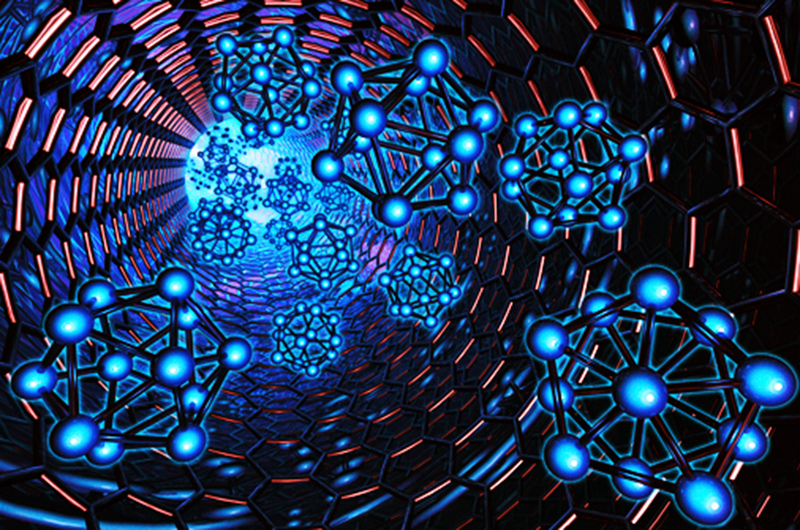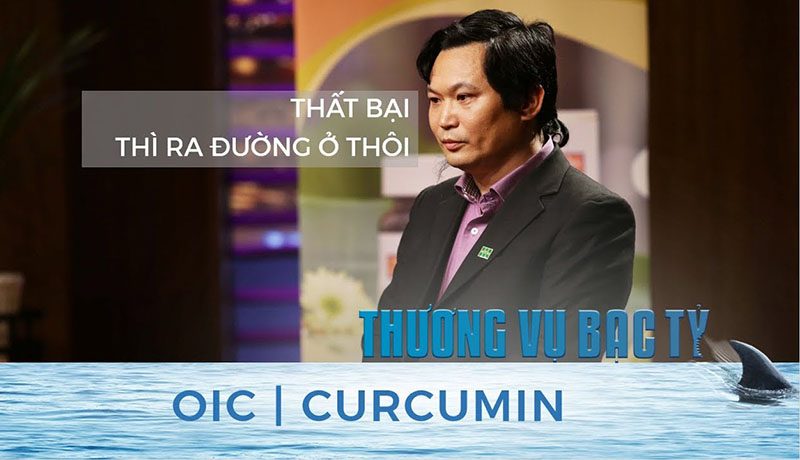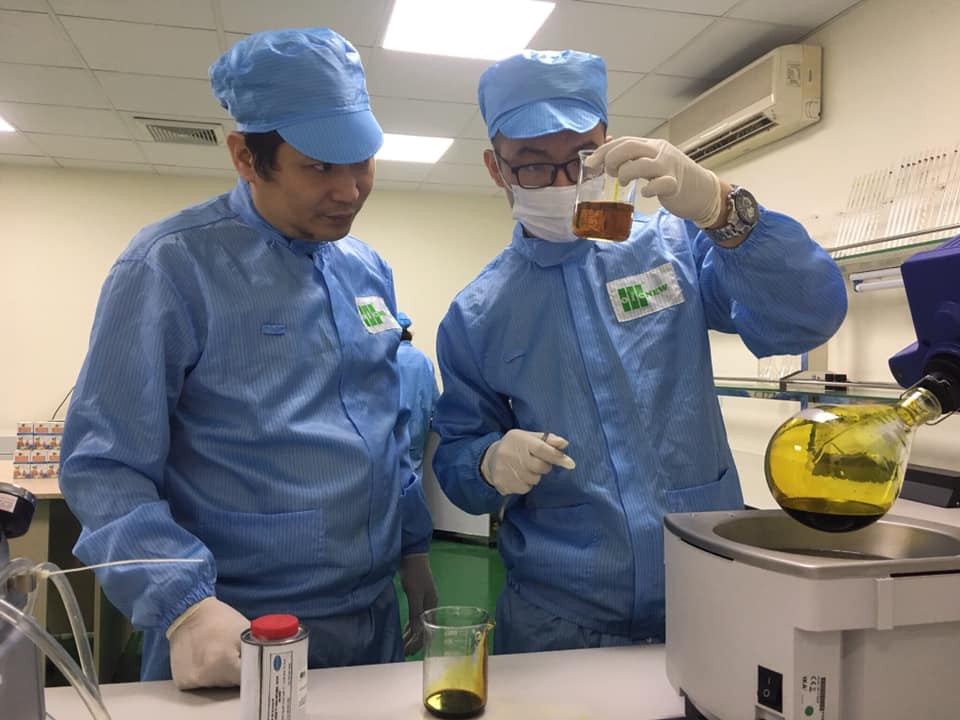Nanomaterials and technologies are said to bring trillions of dollars to humanity in the future and can solve all problems in health, energy, environment… The problem is that each country has to choose the right way to practice.
The great application prospect of nanomaterials was predicted in the 1960s, but due to technological limitations, it was not until 1989, when IBM created its company logo from microscopic material structures, new nanotechnology is rapidly developed in laboratories and known to the public.
Nanomaterials and technologies are said to bring trillions of dollars to humanity in the future and can solve all problems in health, energy, environment… The problem is that each country has to choose the right way to practice.

In Vietnam, Academician Nguyen Van Hieu launched research on nano in 1997. Not too slow behind the world, a number of research institutes and universities have made great strides with many nano products stepped their foot to the market. To achieve results that can be shared, compared with advanced laboratories in the world, they have chosen research directions that can take advantage of results from developed countries and optimize products in line with Vietnamese conditions.
Some of the leading laboratories in nanotechnology and materials can be mentioned such as the Institute of Materials Science – Vietnam Academy of Science and Technology, the Institute of Nanotechnology – National University of Ho Chi Minh City, and the University of Technology. Natural Sciences and University of Technology – Hanoi National University, Hanoi University of Science and Technology, Hanoi National University of Education…
Prof. and Dr. Nguyen Quang Liem – Director of the Institute of Materials Science – affirmed: “The four groups of materials and nanotechnology that the institute is researching – including optoelectronic materials, magnetic materials, biomedical materials and nanocarbon tubes – completely international level. The evidence is that the institute has published many research results in international journals with high impact index, implemented many cooperation projects with foreign professors. Some of the nanomaterials of the research have been delivered and become products that are well received by consumers.”
Dr. Le Thi Hien – Head of the Department of Bio-nanotechnology, Faculty of Engineering Physics and Nanotechnology, University of Technology – said: “Nanomaterials created by research groups in Vietnam from simple technology quality is not inferior to the world. More complex materials such as magnetic sensors, membranes … due to the use of clean rooms and expensive equipment while we are limited in machinery, we cannot keep up. In this case, we import materials, transform the structure and optimize the technology.”
In the laboratory, the research results of Vietnamese scientists are not inferior to the world level, but so far, the number of products that promote the full value of the research is still not many, the most popular are nano curcumin and nano curcumin-ginseng-fucoidan FGC combination, nano mask, nanosilver hand sanitizer. Many institutes and schools thanks to the Government’s investment have created quick diagnostic kits for viruses and bacteria… that are cheap (compared to imported products) and fast (compared to some traditional methods being applied) but the door to the market is still only just open up.
Prof. and Dr. Nguyen Quang Liem gave an open problem: “Good products must come from good and methodical studies with clear orientation. Why is the field of biomedical nanomaterials so successful? It is due to people’s health care needs and well researched products, which companies receive to produce goods and organize consumption. Materials and technologies, no matter how good, cannot go to the market by themselves to serve society; enterprises need to receive the results of research, production and market development. Lacking or blocking at this stage, good research results still only stop at the laboratory.”
Source: Báo Khoa Học & Phát Triển
















